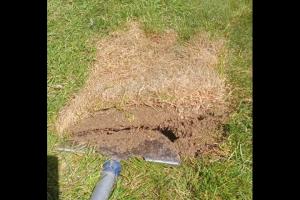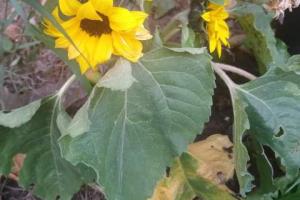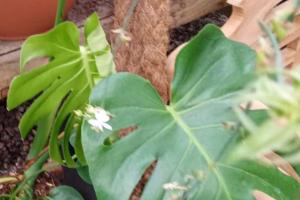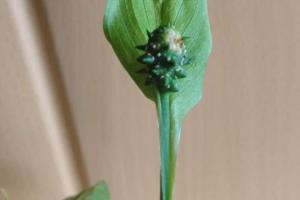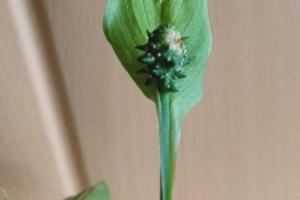What is a valley?
Published By:anonymous Posted On:27/09/2023
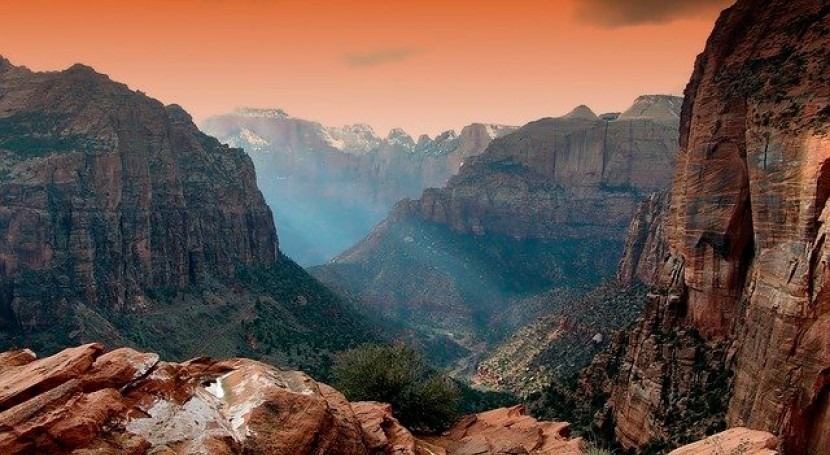
Most valleys are formed by the erosion of the land surface by rivers or streams, with steep sides close to the headwaters which widen in the middle and lower reaches.
A river valley
A valley is a low area of land between hills or mountains, typically with a river or a stream flowing through it.
Types of valleys
The type of valley is determined by its topography.
Narrow valley: Valleys where the bottom is confined by the hill sides which reduce the possibility of flooding. They usually have a "V" shape, when formed by fluvial erosion, or a "U" shape, when formed by glacial erosion. These types of valleys are common in the upper course of rivers. Depending on the geology, the valley will be narrower (hard rock) or more open (soft rock).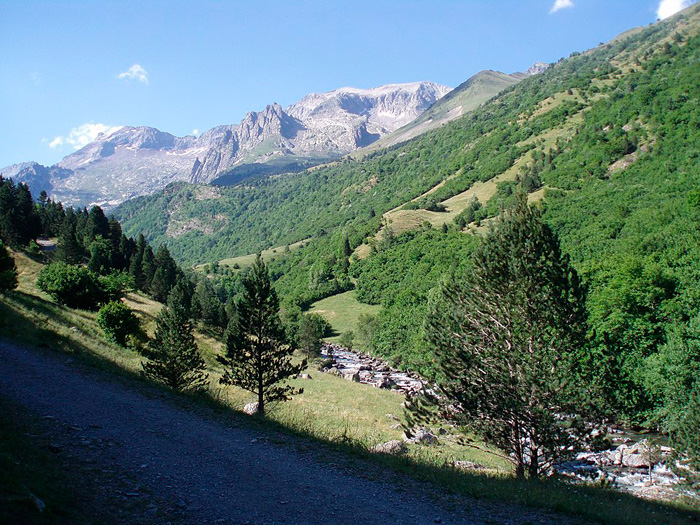
Narrow valley (Source: Wikipedia)
Broad or flat-floored valley: valleys with a broad flat floor, with floodplains that regulate excess discharge, reducing the energy downstream. Floodplains can be narrow (discontinuous) or broad. This type of valley is common in the middle and lower courses.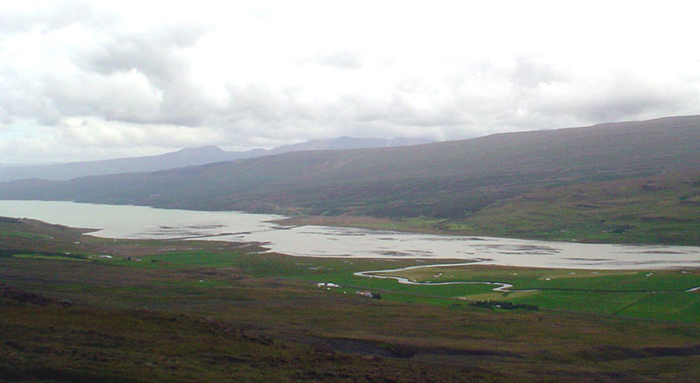
Broad valley (Source: Wikipedia).




